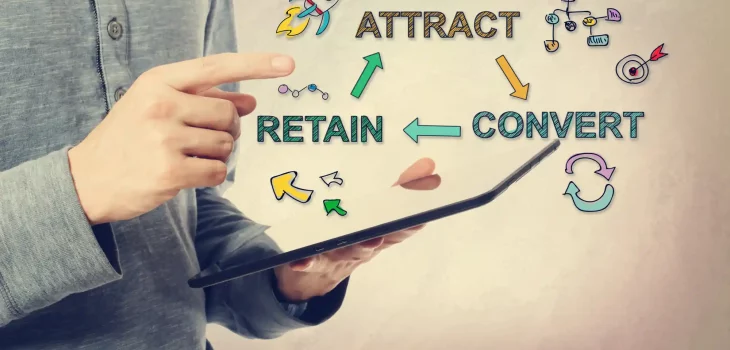Understanding the Customer Onboarding Strategies
Are you a small or medium-sized business owner?
If so, you know how critical it is to have a precise customer onboarding strategy. People’s lives may depend on the information you give them and their ability to incorporate it into their lifestyle.
If you’ve been struggling with this one, there’s good news. We’ve put together this guide outlining everything you should keep in mind.
Keep reading to learn more!
1. Manage Expectations
Businesses can understand the customer’s expectations. They can set realistic goals for both the customer and the company. The business should take into account the customer’s needs and preferences.
It is essential to provide an honest and comprehensive estimate. They should ensure that the customer is provided with resources such as:
- tutorials
- FAQs
- customer service assistance
Companies should provide customers with regular updates. It is to ensure on-time progress and the completion of milestones. Businesses can successfully onboard the customer and create a positive customer journey.
2. Know Your Audience
To ensure success, the process should be tailored to the wants and needs of the customer. It is essential to understand the company’s target audience thoroughly.
Gather feedback from past customers and analyze data from surveys. It is to identify user personas. It also better understands what customers will expect from the onboarding experience.
Define the onboarding success criteria and identify the key steps a customer should take to set expectations. Engage customers right away with the following:
- personalized content
- interactive activities
- the right amount of support
Use the insights from initial feedback to continue optimizing and refining the onboarding customer process.
3. Support Setup
This is to contact their team for assistance with setting up support. They should consider the customer lifecycle and how best to structure onboarding activities. This may include prompting customers to provide relevant information.
We are providing tips and related links and offering guidance on best practices. Additionally, customer onboarding will require an in-depth understanding of each customer’s support needs. Having this information will enable successful customer onboarding and support setup.
4. Maximize Referrals
Encourage customer engagement and set up a clear path for referrals. Businesses will be able to acquire more customers and increase their revenues.
Customers will know what to expect when working with your business through a good customer onboarding process. In addition, a customer onboarding process should also provide an opportunity for customers. This is to refer others to your business, to continue a growth cycle.
Through robust onboarding strategies, businesses can maximize the number of referrals. They can acquire and continue to see success.
5. Great Email Sequences
An effective email sequence will introduce your customer to their product and your services. It showcases how the product meets their needs and explains the value they can expect to receive.
Crafting emails with short, concise content and simple subject lines with a high open rate is essential—creating an ongoing nurture email sequence to encourage product adoption.
They must establish a rapport with customers can also help to increase customer satisfaction. To grow and improve the operations of your business, read about operations.
Understanding the Customer Onboarding Strategies
Understanding customer onboarding strategies can help an organization build trust, increase retention, and create loyalty. Companies should analyze customer journeys, craft personalized onboarding emails, and provide segmented support.
Now is the time to start implementing these customer onboarding strategies to maximize long-term success. Try it now and see the results!
If you enjoy this article, check out our blog for more exciting content!







